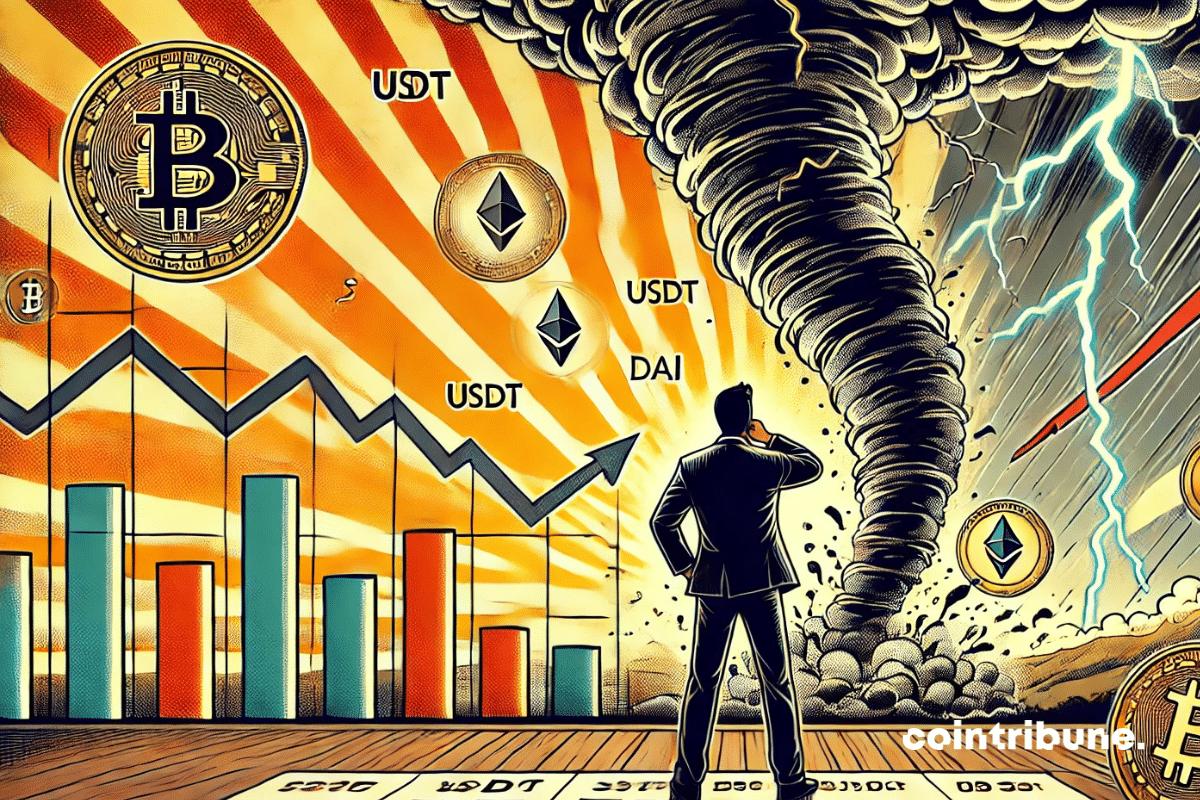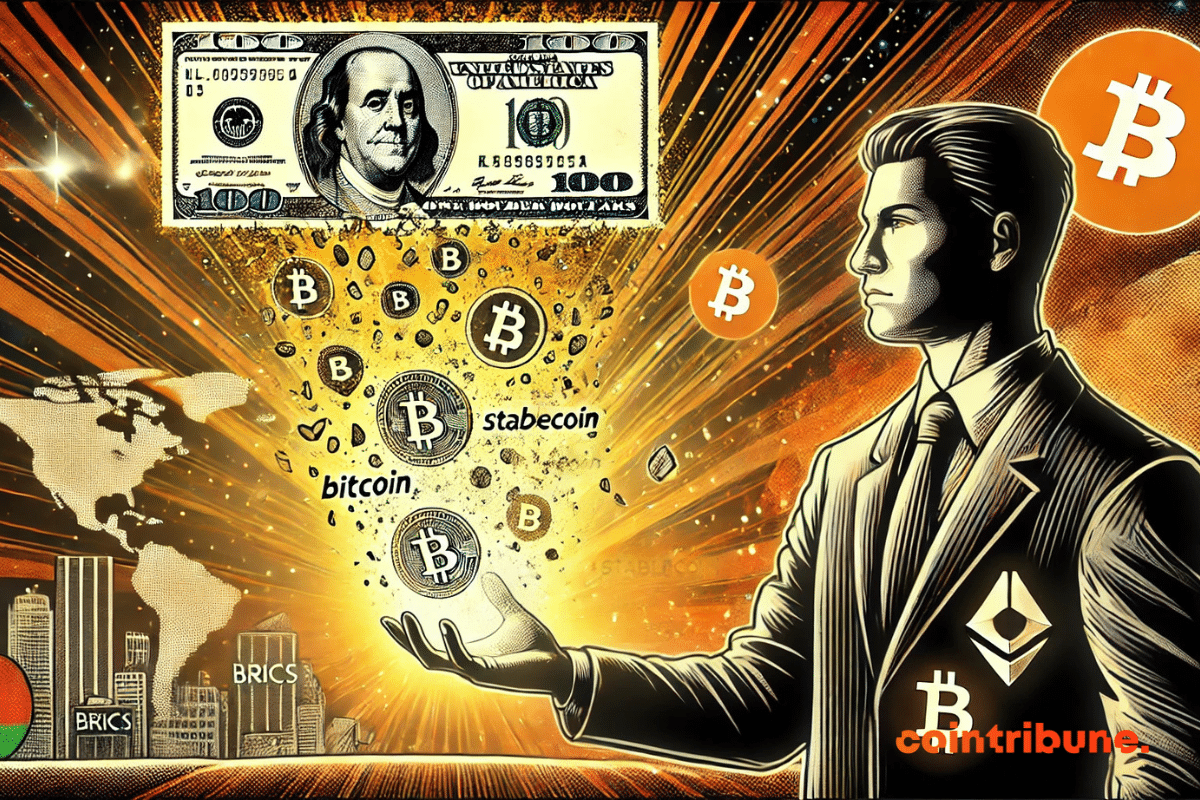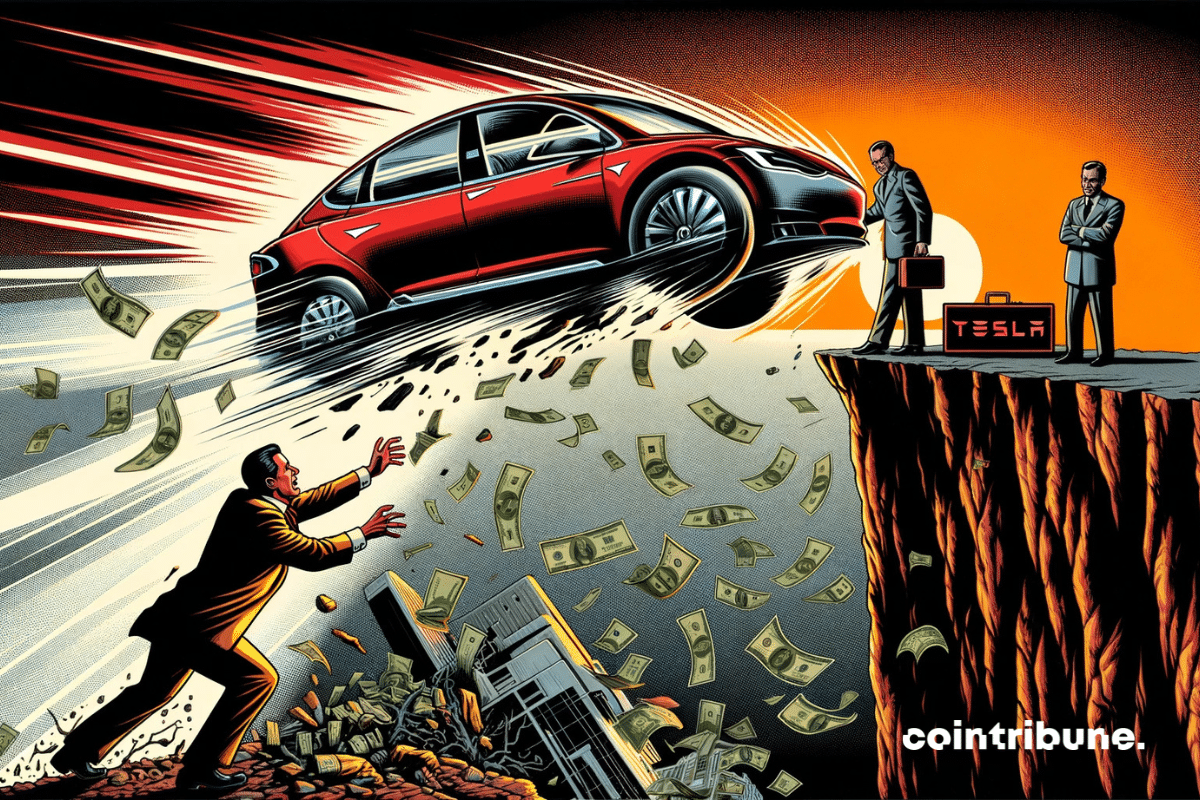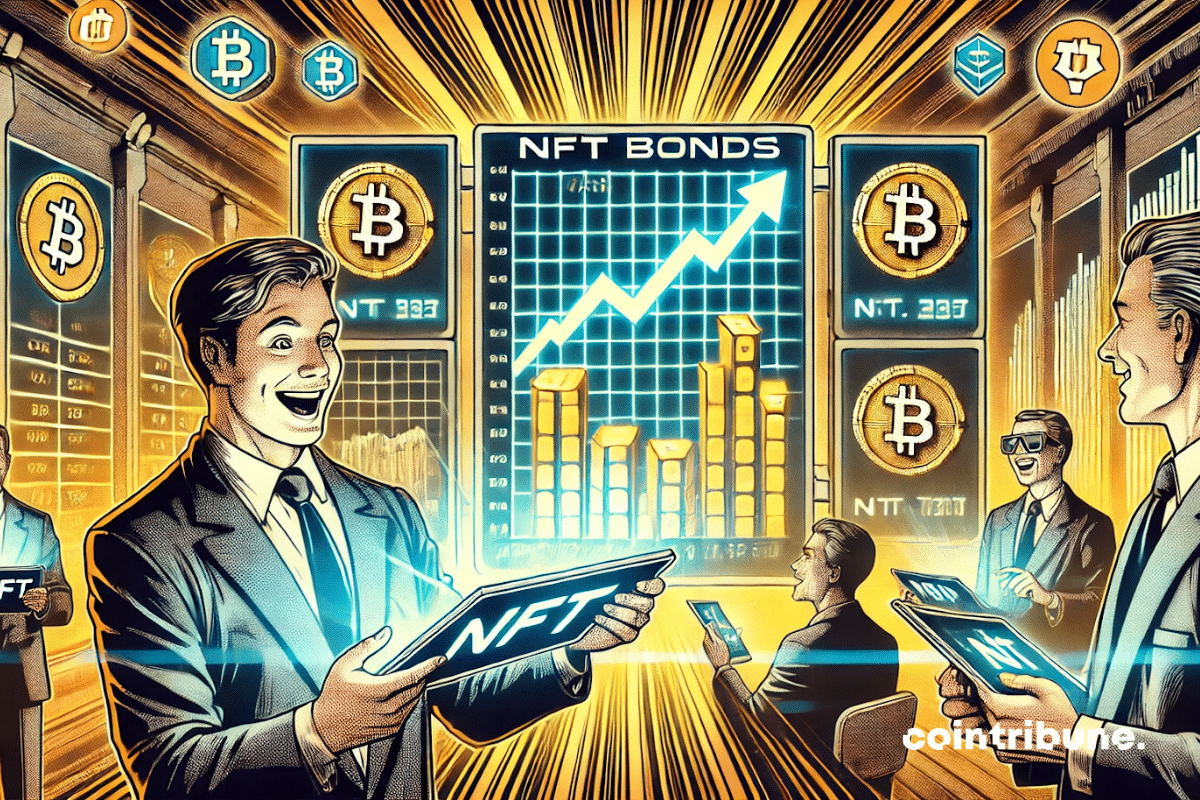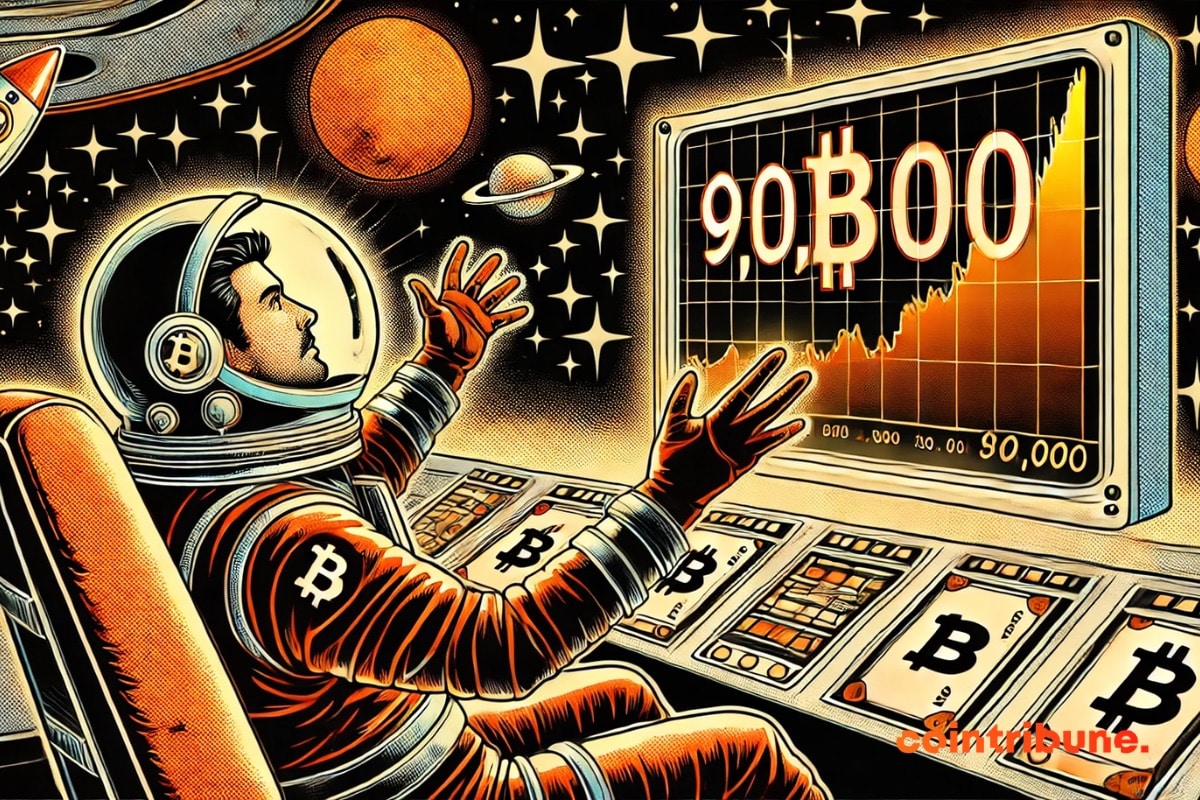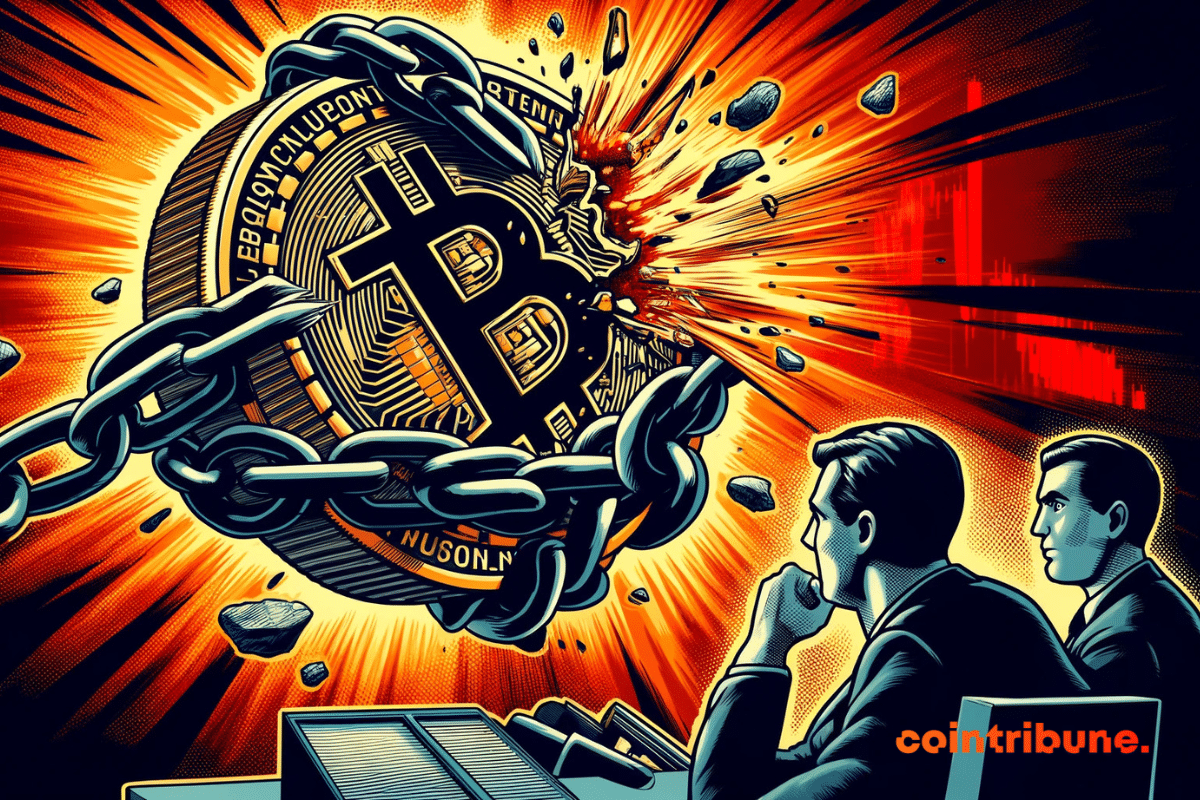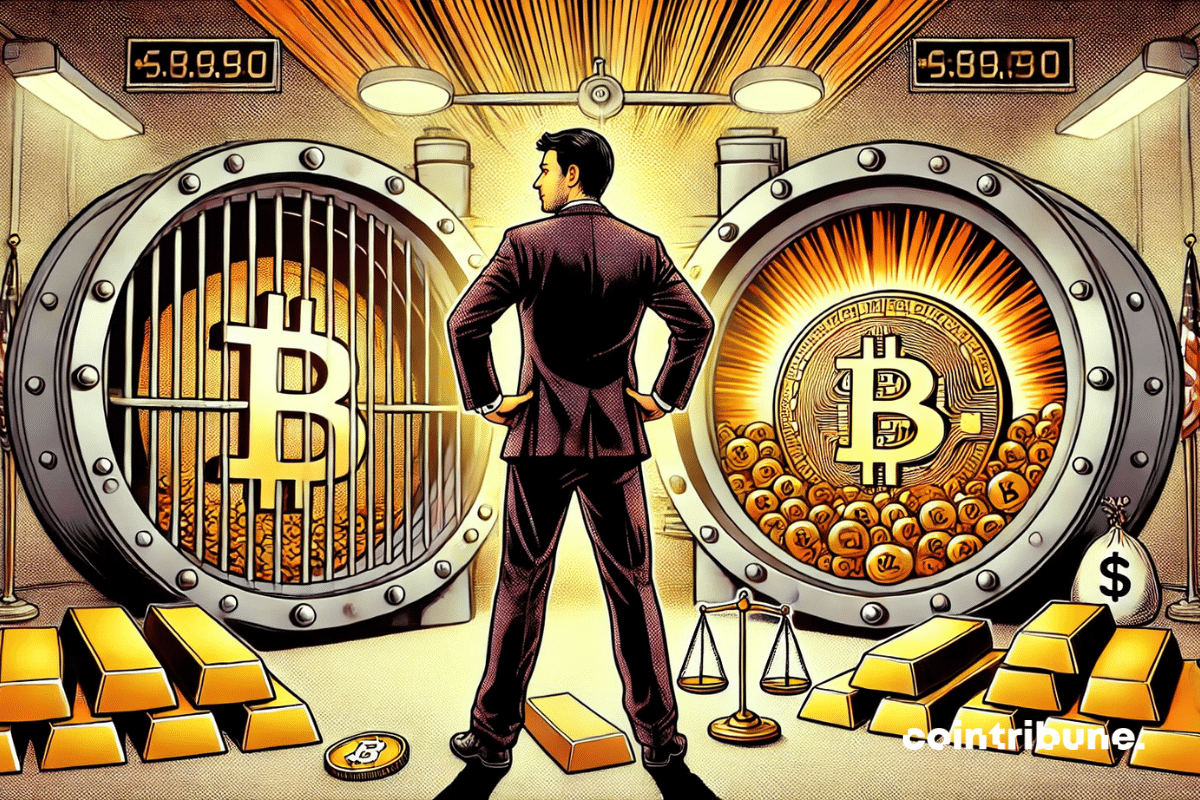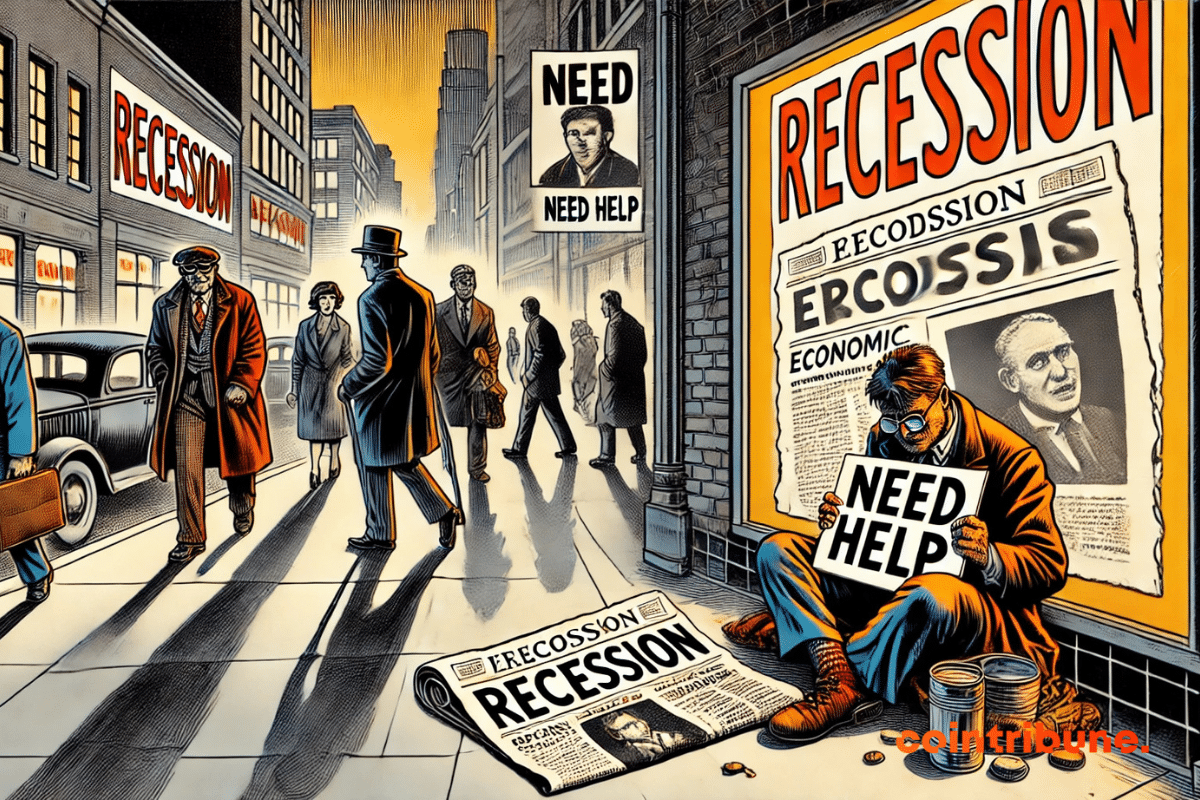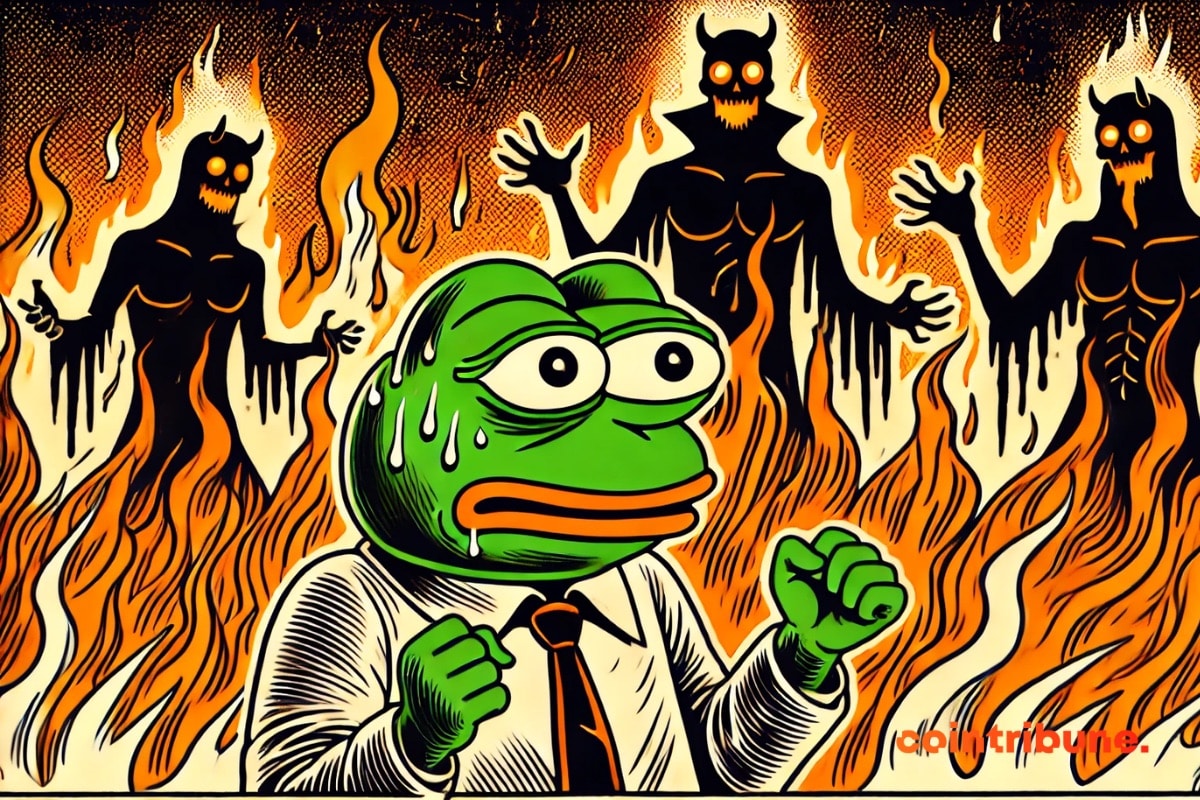The crypto market is buzzing, traders are accumulating, stablecoins are soaring. A prelude to a bullish party or the swan song before an unexpected crash? The riddle persists.
Archive 2025
For decades, the US dollar has dominated international trade and has established itself as an essential global reserve. However, this absolute reign is now challenged by the BRICS bloc. As a result, geopolitical tensions and the rise of cryptocurrencies are pushing several countries to seek alternatives to the greenback. Bitcoin and stablecoins are emerging as instruments capable of circumventing the supremacy of the dollar, but paradoxically, they could also reinforce its influence.
Trade wars are reshaping the global economy. They impact entire industries and reconfigure strategic balances. Among the companies directly affected, Tesla finds itself on the front line facing the new tariff measures imposed by Donald Trump. Tesla, for which China is the second-largest market after the United States, could pay a heavy price for this economic escalation.
The evolution of the financial market is following an increasingly digital trajectory, and NFT Bonds (tokenized bonds in the form of NFTs) are emerging as a major innovation. In a world where blockchain is redefining access to financial instruments, players like Credefi are taking a pioneering role by integrating these bonds onto the blockchain, making these products accessible and liquid.
Bitcoin is currently showing signs of recovery after a period of high volatility. Despite a 30% drop from its historic peak in January, the queen of crypto seems to be finding some stability. Several key factors are emerging, suggesting a return of BTC to $90,000 in the coming days.
Bitcoin, fueled by post-election euphoria, reached a peak of $108,000 before falling below $80,000. Global economic instability and rising trade tensions contribute to increased volatility. Despite pro-crypto rhetoric, Donald Trump is adopting a protectionist policy that worries investors. Amid fears of recession and monetary uncertainty, the crypto market wavers in the face of macroeconomic turmoil.
They were said to be dead, those brave SHIB. But the team is barking, burning tokens in batches and preparing a revenge that could bite much harder than expected. It's going to bleed!
As central banks around the world run out of steam in an endless race of monetary printing, François Asselineau, president of the UPR, proposes a radical shift: integrating 5 to 10% of Bitcoin into the reserves of the Bank of France. An idea that shakes traditional economic certainties and questions our relationship with sovereignty. Behind this proposal lies an undeniable observation: Bitcoin is not just a simple cryptocurrency, but a tool of resistance against the erosion of financial freedoms.
The shadow of an economic storm looms, tinged with bright red and unpredictable pragmatism. The "Trumpcession" – this neologism that sounds like a warning – encapsulates the growing concern over a trade war with unforeseen consequences. Caught between stimulus and restriction, the Fed and the Bank of England are stuck between rates to adjust and a threatening inflation. How to avoid the domino effect? The answer requires more than an economics manual: a tactical boldness.
The memecoin market is going through a tough time, and Pepe (PEPE) is no exception. While most cryptos are showing a slight recovery, PEPE is the only memecoin down in the last 24 hours. A performance that could signal the beginning of the end for PEPE!
